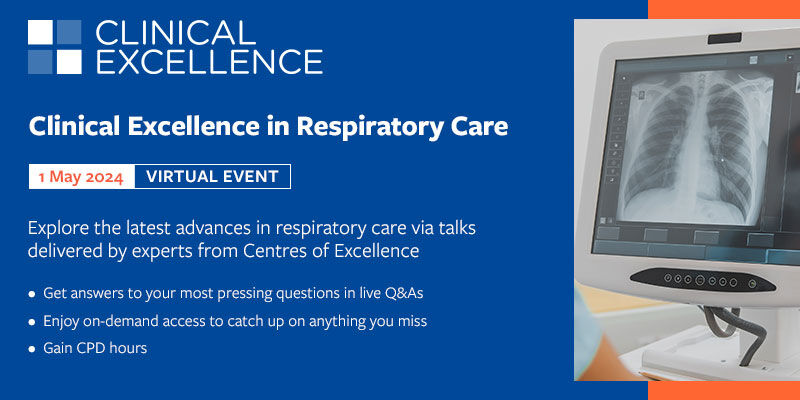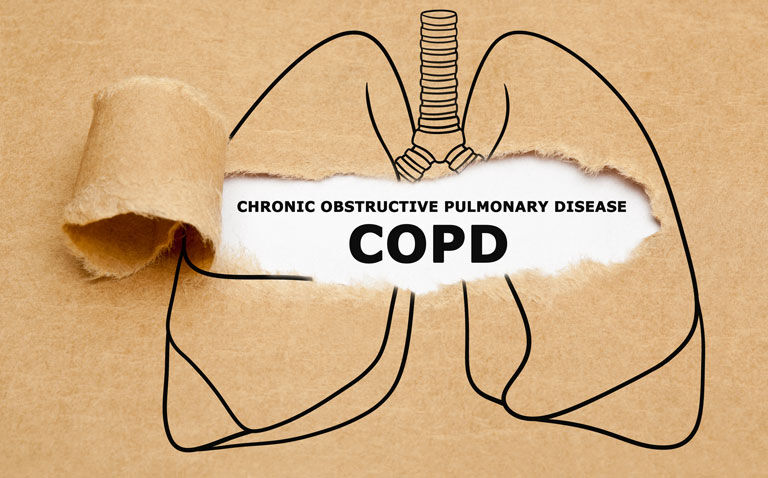A CT biomarker model has been found to be able to predict exacerbations in patients with chronic obstructive pulmonary disease
US researchers have developed a CT biomarker based model that is able to predict exacerbations in patients with chronic obstructive pulmonary disease (COPD) and which could ultimately be used to identify those at risk of such exacerbations.
Chronic obstructive pulmonary disease is associated with a high level of morbidity, disability and mortality, affecting around 10.3% of the world’s population aged between 30 and 79. The condition is associated with disease exacerbations which contribute to a decline in lung function over time and often result in hospitalisation. In recent years, computed tomography (CT) has been used to identify the phenotypic abnormalities in COPD that can be seen and quantitatively evaluated such as airway wall thickening which contributes to airflow limitations. Nevertheless, the value of using these CT derived markers to help predict exacerbations in COPD has not been explored and was the subject of the current study. The US team hypothesised that a CT biomarker model that included measures such as parenchymal texture and airway wall thickness could be used to predict disease exacerbations. They retrospectively examined patient data obtained from the SIROMICS cohort study, which sought to better understand COPD exacerbations. The team used 3-year follow-up data to develop their models for predicting exacerbations and which together CT-based measure of density gradient texture and airway structure also included several variables such as age, gender, exacerbation history. The performance of the model was assessed using the receiver operating characteristics curve (AUC) and compared to models based on exacerbation history and the exercise capacity (BODE) index.
CT biomarker model prediction of exacerbations
A total of 1956 participants with a mean age of 63.1 years (52%) completed the 3-year follow-up and were included in the analysis.

The CT biomarker model had an AUC of 0.854 for prediction of at least one severe exacerbation within 3 years and 0.93 for consistent exacerbations (defined as at least one acute episode in each of the three years. This was higher than models based on either exacerbation history (AUC = 0.823) or using the BODE index (AUC = 0.812).
In a further analysis using an external cohort of nearly 7,000 participants, the CT biomarker model had an AUC of 0.768 for at least one severe exacerbation.
The authors suggested that CT biomarker models could in the future, potentially be used to investigate the underlying disease mechanisms that lead to an exacerbation.
Citation
Chaudhary MFA et al. Predicting severe chronic obstructive pulmonary disease exacerbations using quantitative CT: a retrospective model development and external validation study. Lancet Digit Health 2023









